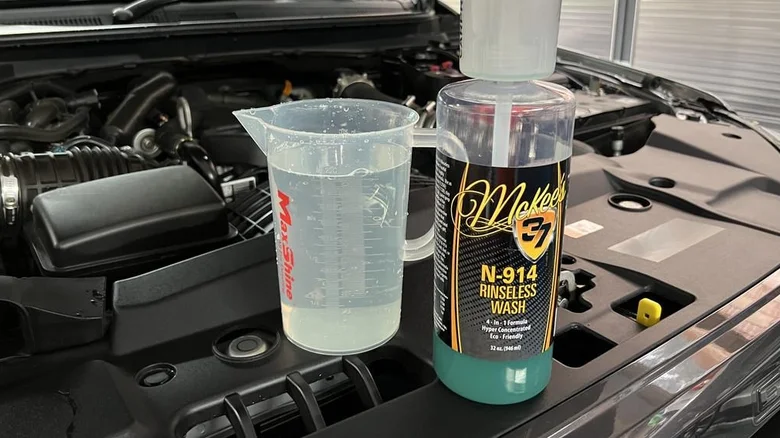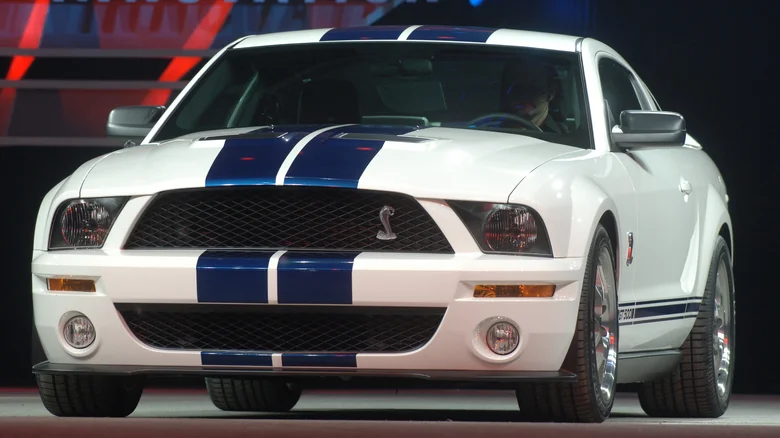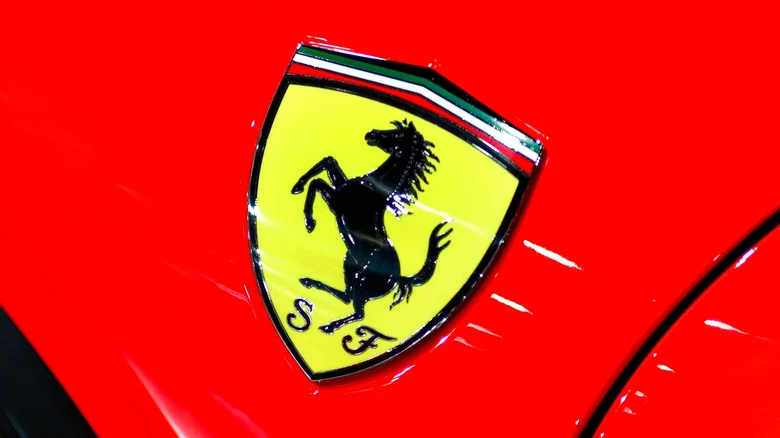Picture this: you’re staring at your car’s engine bay, and it looks like it’s been through a mud-wrestling match. Grease, dirt, and who-knows-what-else are caked on every surface. You think, “I should clean this,” but then you remember the last time you tried to hose it down. Water everywhere, electrical components throwing a tantrum, and a lingering fear you’ve just voided your warranty.
Enter the waterless engine wash—a modern, eco-friendly solution that promises to clean your engine without the mess. But what exactly is it? And more importantly, is it safe to do at home? Let’s dive in and find out.
What Is a Waterless Engine Wash?
A waterless engine wash is exactly what it sounds like: a way to clean your car’s engine without using a single drop of water. Instead, it relies on specialized cleaning products—usually sprays or foams—that break down grease, grime, and dirt. You simply spray it on, let it work its magic, and wipe it away.
Think of it like dry shampoo for your car’s engine. It’s quick, convenient, and doesn’t leave you with a soggy mess to deal with.
How Does a Waterless Engine Wash Work?
Alright, let’s get a little science-y for a second. Waterless engine cleaners are typically made with powerful degreasers and surfactants that dissolve dirt and oil on contact. They’re designed to cling to surfaces, lift grime, and evaporate quickly, leaving behind a clean, shiny finish.
The Process in a Nutshell
- Spray: Apply the cleaner evenly over the engine bay.
- Wait: Let it sit for a few minutes to break down the grime.
- Wipe: Use a microfiber cloth to wipe away the dirt and residue.
- Admire: Step back and marvel at your sparkling clean engine.
By the way, some products even leave a protective coating to prevent future buildup. Fancy, right?
Why Choose a Waterless Engine Wash?

If you’re still on the fence about ditching the hose, here are some reasons why waterless engine washes are gaining popularity:
1. No Water, No Problem
Let’s face it: water and electronics don’t mix. Using a waterless cleaner eliminates the risk of damaging sensitive components like wiring, sensors, or your battery.
2. Eco-Friendly
Traditional engine washing can waste gallons of water and send harmful chemicals into the environment. Waterless cleaners are typically biodegradable and use minimal resources.
3. Convenience
No need for a hose, bucket, or pressure washer. You can do a waterless engine wash anywhere—your driveway, garage, or even a parking lot.
4. Time-Saving
It’s quick and easy. You can clean your engine in under 30 minutes, compared to the hours it might take with traditional methods.
Is It Safe to Do a Waterless Engine Wash at Home?
Now, the million-dollar question: is it safe to DIY a waterless engine wash? The short answer is yes—but with a few caveats.
1. Follow the Instructions
Every product is different, so read the label carefully. Some cleaners are safe for all surfaces, while others might need to be avoided near certain components.
2. Let the Engine Cool
Never spray anything on a hot engine. Let it cool down completely to avoid burns or chemical reactions.
3. Cover Sensitive Areas
If you’re paranoid (like me), you can cover electrical connections, the alternator, and the air intake with plastic bags or foil. Better safe than sorry!
4. Use the Right Tools
Microfiber cloths are your best friend here. They’re soft, absorbent, and won’t scratch surfaces.
My First Waterless Engine Wash Experience
Let me tell you about the first time I tried a waterless engine wash. I was skeptical, to say the least. My engine bay looked like it had been through a dust storm, and I wasn’t convinced a spray could fix it.
I grabbed a bottle of waterless cleaner, sprayed it on, and waited. Five minutes later, I started wiping—and holy cow, the dirt just melted away. It was like magic. No water, no mess, and my engine looked brand new.
Honestly, I felt like a car-detailing wizard.
Common Myths About Waterless Engine Washes
Before you grab a bottle and go to town, let’s bust some myths:
1. “It’s Not as Effective as Water”
False. A good waterless cleaner can tackle even the toughest grime. It’s all about using the right product and technique.
2. “It’s Bad for the Environment”
Actually, many waterless cleaners are eco-friendly and biodegradable. Just look for ones with green certifications.
3. “It’s Too Expensive”
While some products can be pricey, they’re often more cost-effective in the long run. You’re saving water, time, and potentially costly repairs from water damage.
Step-by-Step Guide to a Waterless Engine Wash

Ready to give it a try? Here’s a simple guide to get you started:
What You’ll Need
- Waterless engine cleaner
- Microfiber cloths
- Soft-bristle brush (optional)
- Plastic bags or foil (optional)
Steps
- Prep the Engine: Let it cool completely and cover any sensitive areas.
- Spray the Cleaner: Apply evenly across the engine bay.
- Let It Sit: Wait 5-10 minutes for the cleaner to work.
- Wipe Away: Use a microfiber cloth to remove dirt and residue.
- Buff and Shine: For extra polish, use a dry cloth to buff surfaces.
FAQs About Waterless Engine Washes
1. Can I use a waterless engine wash on any car?
Yes, but always check the product label for compatibility with your vehicle.
2. How often should I clean my engine?
Every 6-12 months, depending on how dirty it gets.
3. Will it remove oil stains?
It can lighten them, but heavy stains might require additional treatment.
4. Is it safe for rubber and plastic parts?
Most waterless cleaners are safe, but test a small area first to be sure.
Final Thoughts
So, is a waterless engine wash safe to do at home? Absolutely—if you follow the right steps and use the right products. It’s a game-changer for car enthusiasts and casual drivers alike.
Honestly, I’ll never go back to traditional engine washing. It’s messy, time-consuming, and risky. With a waterless cleaner, I can get the same results in half the time—and without the stress.
Have you tried a waterless engine wash? What was your experience like? Share your thoughts in the comments below!
And if you haven’t given it a shot yet, what are you waiting for? Grab a bottle, roll up your sleeves, and let’s get that engine sparkling.








